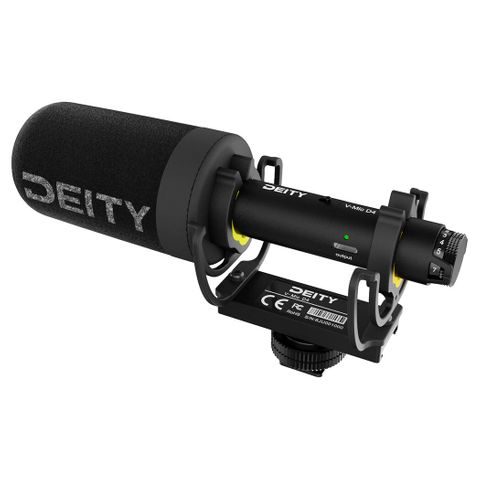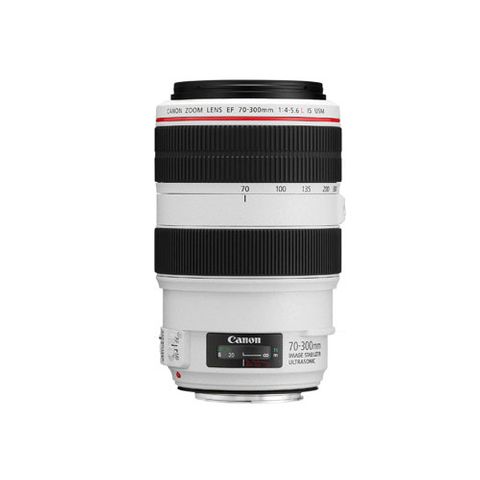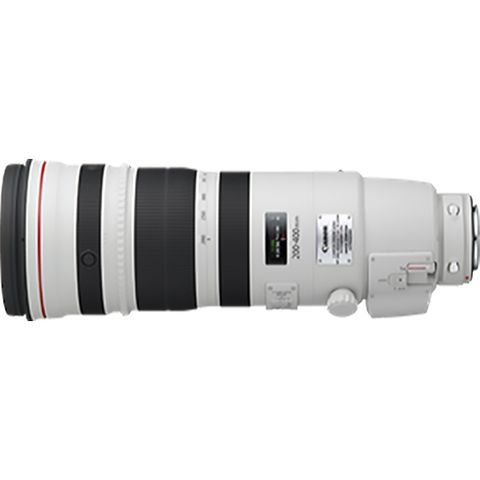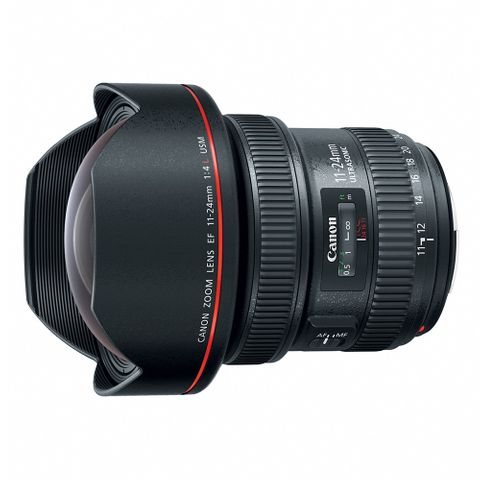Canon EF 70-300mm f4-5.6 IS II USM Lens
Product Features:
Canon EF 70-300mm f4-5.6 IS II USM Lens
Essential Add-On's we recommend
Description
Beyond its performance attributes, this lens is also characterized by its unique Lens Information Display, which clearly showcases focus distance, focal length, and stabilizer settings on a top-facing screen for easy recognition. Benefitting optical performance, the lens' construction utilizes one Ultra-Low Dispersion (UD) element to control chromatic aberrations and colour fringing for improved clarity, and, additionally, a nine-blade diaphragm is used to produce a pleasing bokeh quality for shallow depth of field imagery.
- Telephoto zoom designed for full-frame Canon EF-mount DSLRs, this lens is also suitable for use with APS-C models where it provides a 112-480mm equivalent focal length range.
- One UD element is featured in the optical design to noticeably reduce chromatic aberrations and colour fringing for increased clarity and improved colour fidelity.
- Lens Information Display on the top of the lens barrel clearly highlights focusing distance, focal length, and Image Stabilizer amount.
- NANO USM system utilizes both a ring-type USM and an STM mechanism to realize quick and accurate focusing that is also smooth and near-silent to suit both photography and video applications. This focusing system also affords full-time manual focus control when working in the one-shot AF mode.
- An Image Stabilizer compensates for up to four stops of camera shake for sharper handheld shooting when working in difficult lighting conditions and with slower shutter speeds.
- A circular nine-blade diaphragm contributes to a pleasing bokeh quality when working with selective focus and shallow depth of field techniques.


















